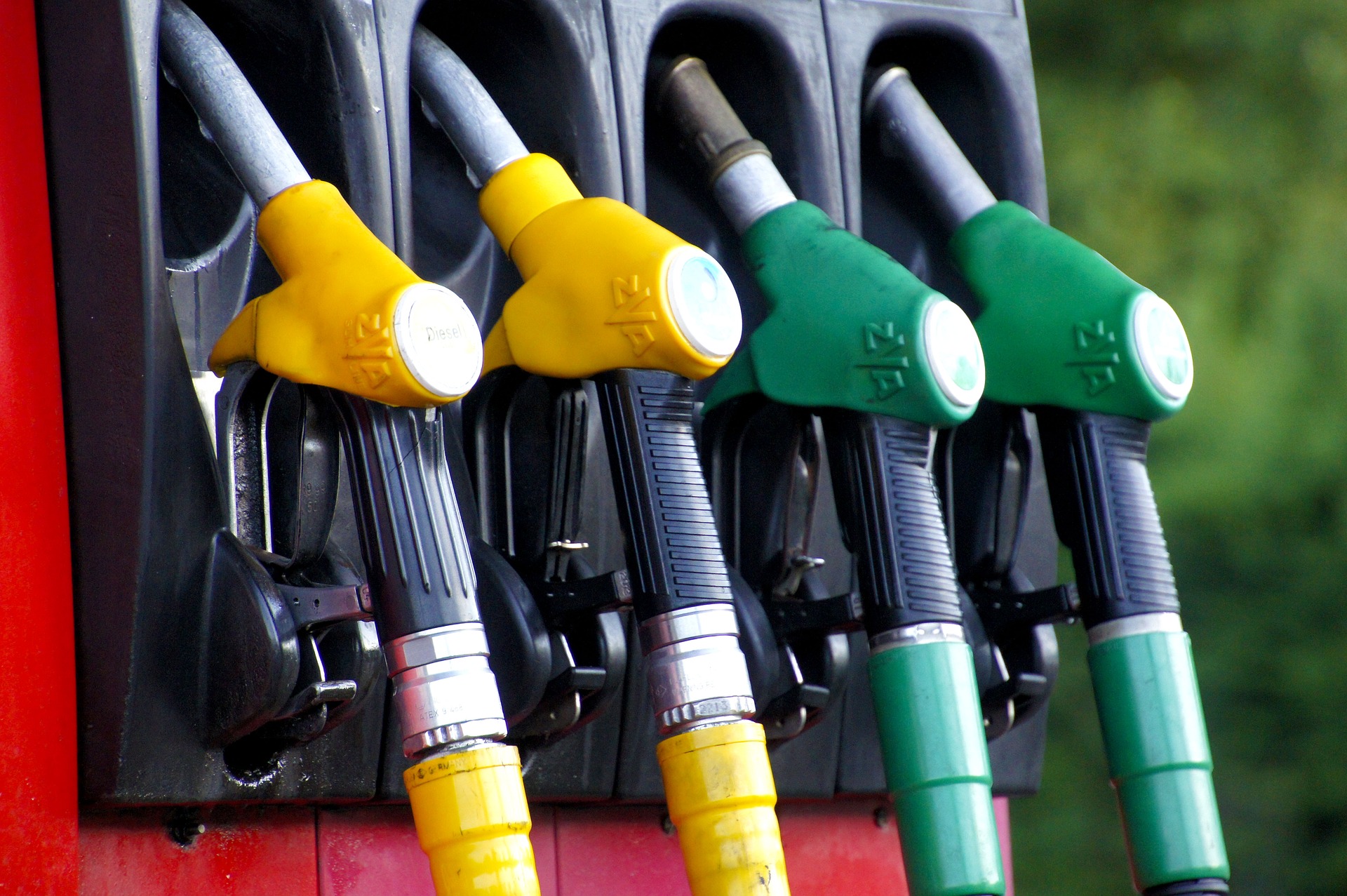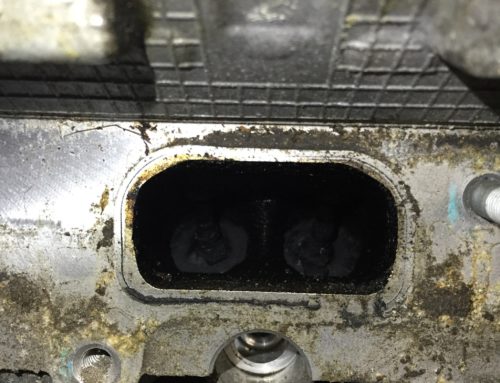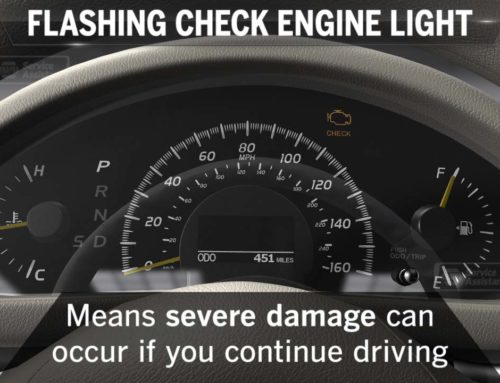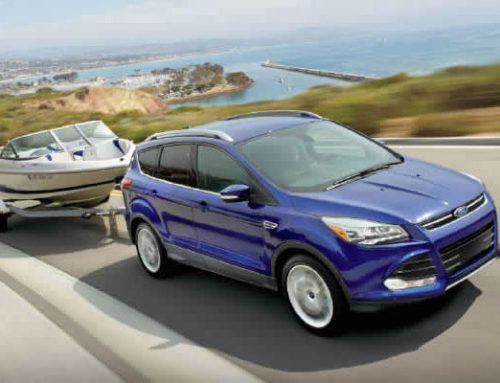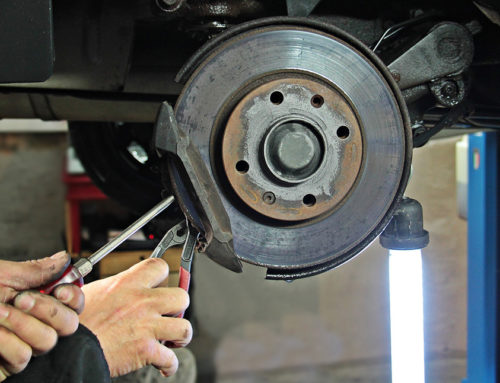This automotive safety warning is coming from a very unusual source: firefighting experts. You’ve probably heard of E-85 fuel. Some newer vehicle models are specifically built to run on E-85 – the rest are not.
E-85 fuel has been developed to fight air pollution and reduce oil consumption in AB. E-85 fuel is a mix of 85% ethanol, a grain-base alcohol, and 15% fuel. So-called Flex-Fuel vehicles are designed to use either normal fuel or E-85 fuel. The result is lower harmful exhaust emissions in our environment.
All standard fuel engines can run with up to 10% ethanol and in fact a lot of fuel does contain some ethanol. The problem comes when well-meaning drivers without Flex Fuel certified vehicles put E-85 into the tank.
At an 85% concentration, the potential for problems arises. Because of the chemical differences between ethanol and standard fuel, special seals and gaskets are needed for Flex Fuel vehicles. In a normal engine, the ethanol in E-85 fuel will eat away important seals and gaskets. This leads to fuel and oil leaks.
You can imagine the fire hazard caused by leaking fuel. Firefighting experts caution drivers to only use E-85 if they know they vehicle is certified to handle it. In fact, service and flex fuel repair center owners are being warned to purchase fire extinguishers that use the special foam needed to extinguish ethanol fires as a precaution in case starting-up an ethanol damaged engine leads to a fire.
Obviously, this isn’t something you want to have happen in your garage at your home, either. If you have a Flex-Fuel certified vehicle, feel free to protect the environment by using E-85 fuel. If not, please do not use E-85 in an engine that’s designed to run on unleaded fuel only. If you have questions or want to find out how to determine if your vehicle can safely use E-85, go to www.e85fuel.com for more resources.
Stop by or give us a call.
403-293-3438

